Field density test-sand cone method
Knowing the dry density of soil or pavement is important to evaluate the degree of compaction achieved during the construction process. A field density test is a common test used to determine the field density of the soil or pavement. The principle of field density test is the replacement of soil excavated materials by the sand, the sand density is known so we can calculate the volume of the sand required to fill the hole. By knowing the volume of the hole excavated in soil and the weight of soil, we can calculate the in-situ density. The in-situ density equals the weight of excavated materials divided by the volume of excavated material.
Apparatus
Procedure:
Apparatus
- Sand pouring cylinder equipment
- Small sand pouring cylinder equipment: this suitable for fine and medium-grained soil. It consists of a cylinder having a diameter of 100 mm and a length of 380 mm with an inverted funnel at one end and a shutter to open and close for the entry of sand. Also, there will be a metal tray for the excavation of soil for suitable size and shape.
- Large pouring cylinder: this suitable for fine, medium, and coarse-grained soil. It consists of a cylinder having a diameter of 200 mm and a length of 610 mm with all arrangements, as mentioned earlier.
- Medium pouring cylinder: this suitable for fine, medium, and coarse-grained soil. It consists of a cylinder having a diameter of 150 mm and a length of 450 mm with all arrangements as mentioned above.
- Tools for leveling and excavating: scrapper with handle for leveling the soil, also a trowel for digging and excavating materials.
- Containers: a container for collecting the excavated soil.
- Sand
- Balance: a suitable balance with a capacity of 15 or 30 kg.
Figure 1
Procedure:
Calibration of the apparatus: before the beginning of the test, we need to calibrate our apparatus. The calibration includes the determination of the density of test sand and the weight of sand occupying the cone of sand-pouring equipment.
The used sand should be passing sieve 1.0 mm and retaining on sieve 600 microns. The calibration will start by filling the cylinder pouring equipment with sand up to 10 mm from the top of the cylinder. The weight of the cylinder with sand will be determined to one gram and recorded as W1. Then the sand pouring equipment placed over a clean plane surface, the shutter opens, and the sand allowed to fill the cone. When there is no movement, the cylinder pouring equipment removed, and the sand collected and weighted=W2.
The next step is to refill the cylinder to initial weight W1, then the cylinder placed on the top of the calibration container, and the sand allowed to fill the calibration cylinder and the cone. When there is no movement, the shutter is closed, and the reimaging sand is weighted=W3. The volume of calibration container=V can be calculated from the dimension or by filling it with water.
The bulk density of sand=Wa=(W1-W3-W2)/V
Measurement of density in the field: The testing area should be leveled. Then a metal tray will be placed. The hole will be excavated in the center of the metal tray to the required depth. All the soil from the hole will be removed and weighted=W. The sand pouring equipment refilled to weight equals W1. The metal tray is removed, and the cylinder pouring equipment placed at the center of the hole, and the sand poured until it fills the hole and the cone. The weight of the remaining sand will be weighted=W4.
The weight of sand filling the hole=Wb=W1-W4-W2
The volume of sand filling the whole=Wb/ bulk density of sand
In-situ bulk density of wet excavated soil=W/V
Moisture content%= ((W-Wd)/Wd)*100%
In-situ dry bulk density of excavated soil=
bulk density of wet excavated soil*100/(100+W%)
The used sand should be passing sieve 1.0 mm and retaining on sieve 600 microns. The calibration will start by filling the cylinder pouring equipment with sand up to 10 mm from the top of the cylinder. The weight of the cylinder with sand will be determined to one gram and recorded as W1. Then the sand pouring equipment placed over a clean plane surface, the shutter opens, and the sand allowed to fill the cone. When there is no movement, the cylinder pouring equipment removed, and the sand collected and weighted=W2.
The next step is to refill the cylinder to initial weight W1, then the cylinder placed on the top of the calibration container, and the sand allowed to fill the calibration cylinder and the cone. When there is no movement, the shutter is closed, and the reimaging sand is weighted=W3. The volume of calibration container=V can be calculated from the dimension or by filling it with water.
The bulk density of sand=Wa=(W1-W3-W2)/V
Measurement of density in the field: The testing area should be leveled. Then a metal tray will be placed. The hole will be excavated in the center of the metal tray to the required depth. All the soil from the hole will be removed and weighted=W. The sand pouring equipment refilled to weight equals W1. The metal tray is removed, and the cylinder pouring equipment placed at the center of the hole, and the sand poured until it fills the hole and the cone. The weight of the remaining sand will be weighted=W4.
Figure 2
The moisture content of excavated soil W% is determined by taking a sample of soil then weighting it, the example of soil will be dried at a temperature of 110 C. the moisture content W% is determined by drying the whole excavated soil materials and weight it=Wd. The weight of sand filling the hole=Wb=W1-W4-W2
The volume of sand filling the whole=Wb/ bulk density of sand
In-situ bulk density of wet excavated soil=W/V
Moisture content%= ((W-Wd)/Wd)*100%
In-situ dry bulk density of excavated soil=
bulk density of wet excavated soil*100/(100+W%)



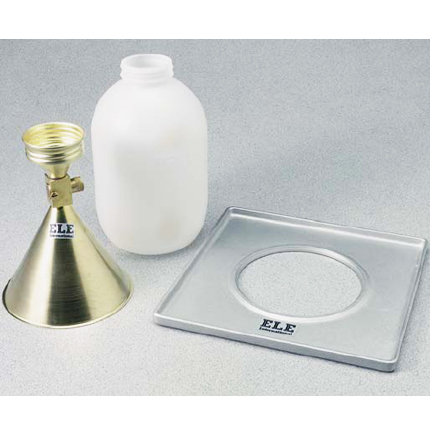






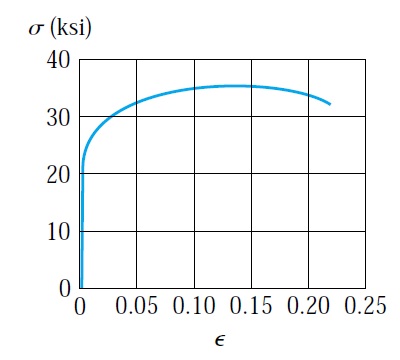
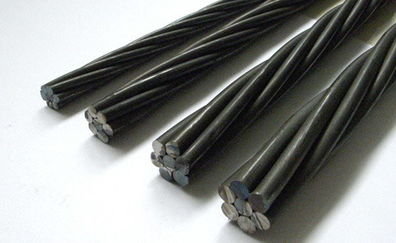


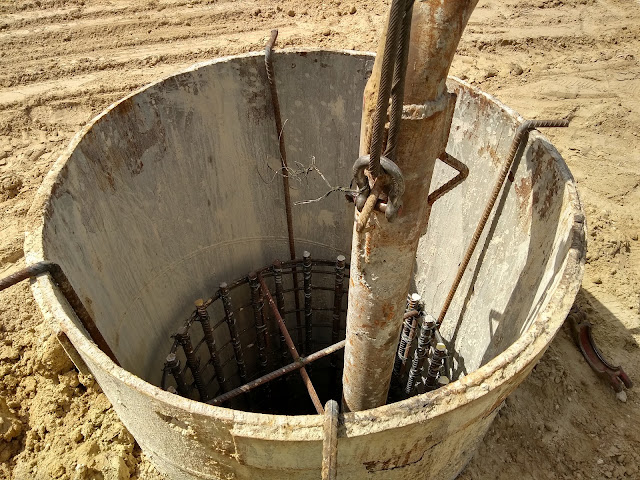
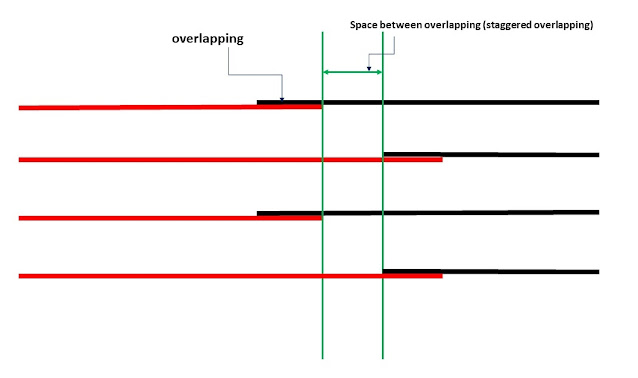

Comments
Post a Comment